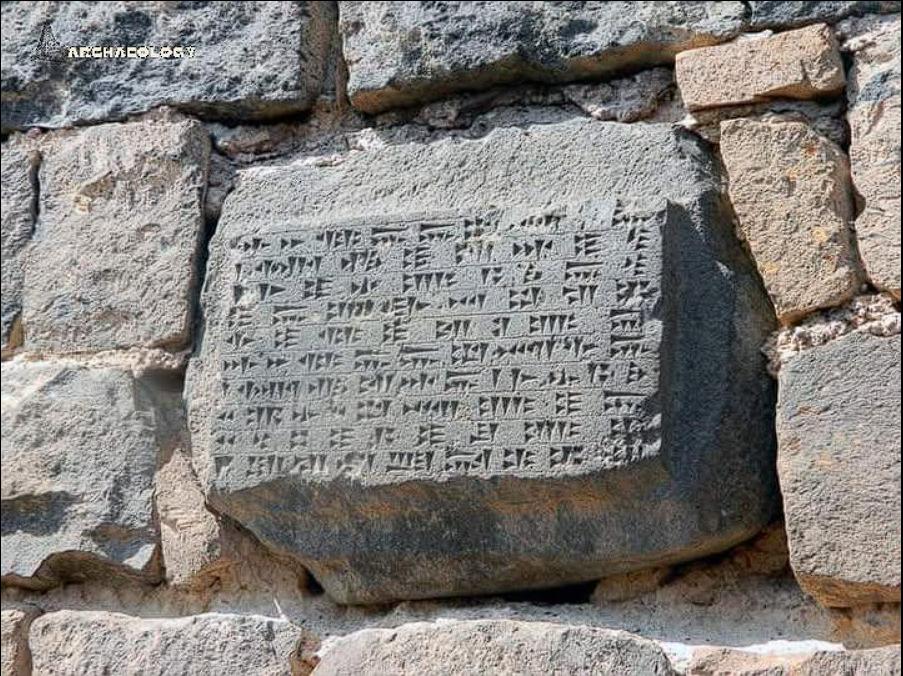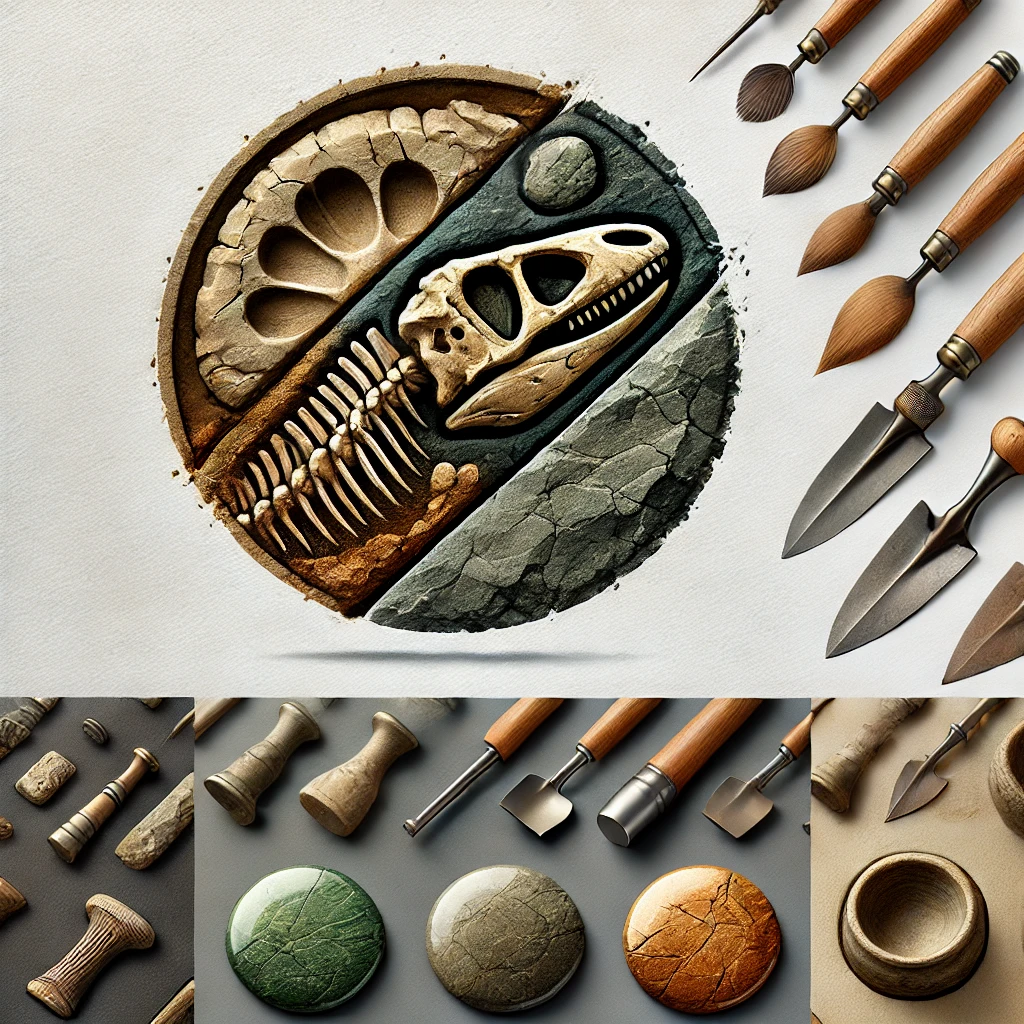King Argishti and the Birth of Yerevan: A City Carved in Stone
In the center of present-day Yerevan, amidst the rhythm of modern life, stands a message from nearly 3,000 years ago. A message not whispered in myth or buried in legend, but boldly carved into black basalt by a king whose vision would shape the heart of Armenia.
The Ancient Inscription That Founded Yerevan
King Argishti’s message in cuneiform
In 782 BC, King Argishti I of Urartu chose a barren, windswept plain and made a declaration that would echo through centuries. His words, still preserved on a basalt slab in the Erebuni Museum, were etched in ancient cuneiform, the writing of empires.
The significance of the Erebuni inscription
This stone is more than an artifact. It is, quite literally, the birth certificate of Yerevan. The inscription doesn’t recount a mythic tale. It tells of strategy, strength, and empire-building. It begins: “By the greatness of the god Khaldi, Argishti, son of Menua, built this fortress.”
From fortress to future capital
That fortress was named Erebuni. It would become the seed from which Armenia’s capital would grow. It would shelter generations, survive invasions, and transform across time—but always remember where it began: with one king and a slab of stone.
Building the Fortress of Erebuni
Strategic power in the Ararat plain
Argishti didn’t choose the site at random. The Ararat plain offered fertile land and defensive height. From this stronghold, the kingdom of Urartu could project power and defend its people. Erebuni was built to last—and it has.
6,600 settlers and a new society
The king’s inscription notes that he populated the fortress with 6,600 people from distant lands. They brought their cultures, their languages, their hands and hopes. Erebuni was not just stone and mortar—it was life, community, the spark of a civilization.
Architecture as authority
Even today, remnants of the fortress reveal sophisticated construction: thick defensive walls, intricate layouts, frescoes bearing the marks of Urartian craftsmanship. Argishti built not just for defense, but for permanence.
The Legacy of King Argishti I
A ruler who dreamed in centuries
To carve one’s name in stone is to speak to the future. King Argishti didn’t just want to conquer land. He wanted to shape time. The Erebuni inscription is a testament to a man who understood legacy.
From Urartu to Armenia
Though the Urartian kingdom would eventually fall, its roots ran deep. Erebuni outlived its founders, shifting languages, rulers, and religions, yet always holding on to the memory of Argishti’s vision.
Why Erebuni still matters
Today, Erebuni is a district in Yerevan, and the Erebuni Museum holds the basalt inscription that started it all. Locals and visitors alike can stand before it and feel history vibrate in their bones. This is no myth. It is memory.
The Voice of Stone and the Meaning of Legacy
What ancient inscriptions reveal about intent
To write in stone is an act of permanence. Argishti chose basalt not just for durability, but for meaning. He wanted his words to last, not just to be read, but to be felt.
A city built to outlive its maker
Few leaders succeed in building something that survives them by millennia. Fewer still leave behind their own words to explain why they did it. Argishti did both. His city became a capital. His name became a foundation.
Standing at the threshold of time
When you visit the Erebuni Museum, you aren’t just looking at stone. You’re meeting a man who saw something where others saw nothing. You’re touching a beginning. And in a world so often driven by the temporary, that kind of permanence matters.
Conclusion
The founding of Yerevan isn’t a fairy tale. It’s a story of vision, of command, of courage. King Argishti I looked at a lifeless stretch of land and imagined a fortress, a society, a future. And then he carved it into being—word by word, stone by stone. Three thousand years later, his voice still echoes. All you have to do is listen.

CÁC TIN KHÁC
Mary Walton: The Forgotten Inventor Who Helped Clean Up America’s Cities
Tomb of Queen Nefertari in the Valley of the Queens, Egypt
Discover the Hypostyle Hall of the Temple of Hathor at Dendera
Venus de Losange: Unveiling the Mystery of a 20,000-Year-Old Paleolithic Icon